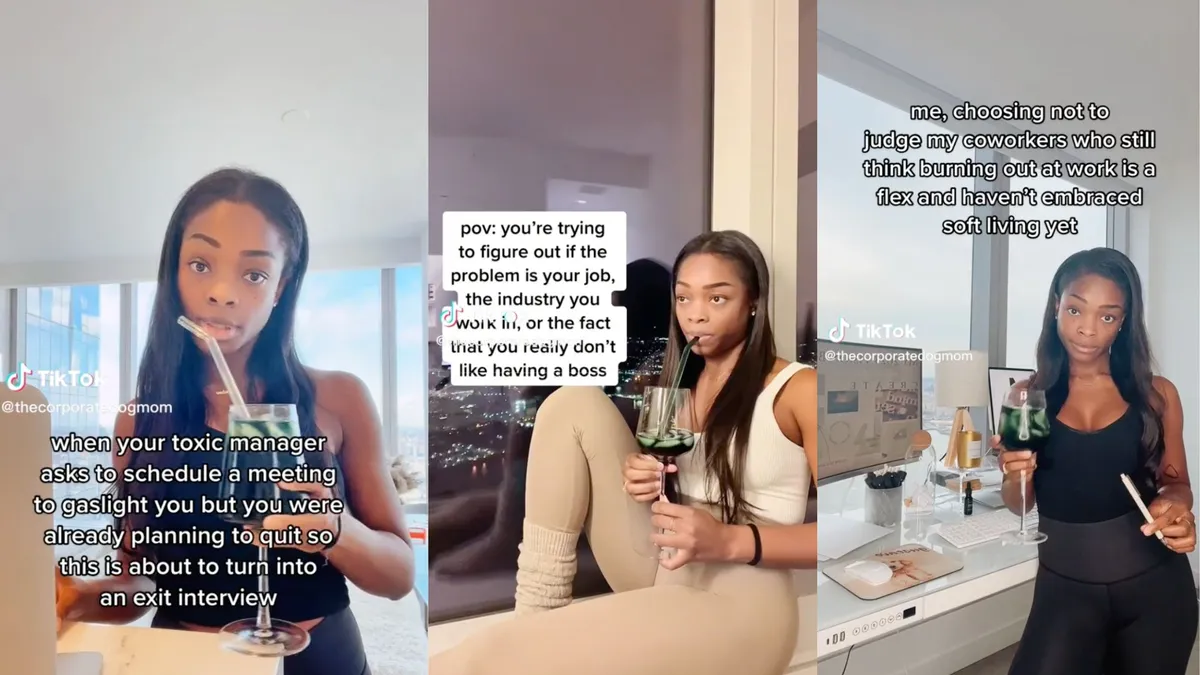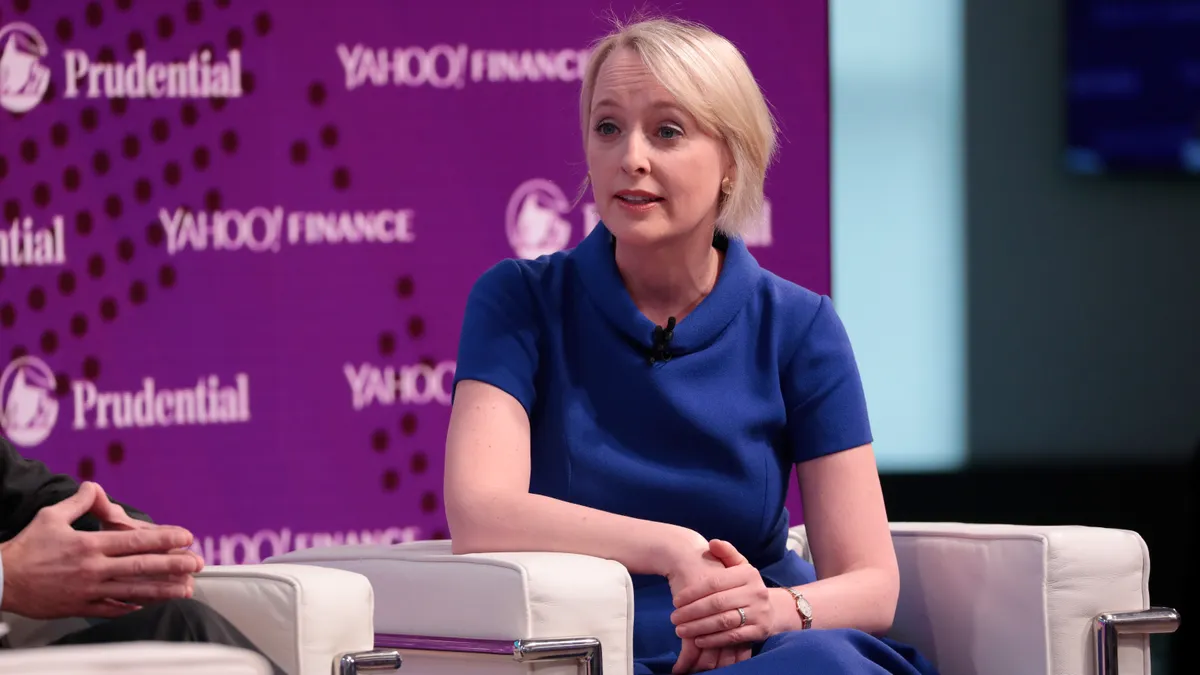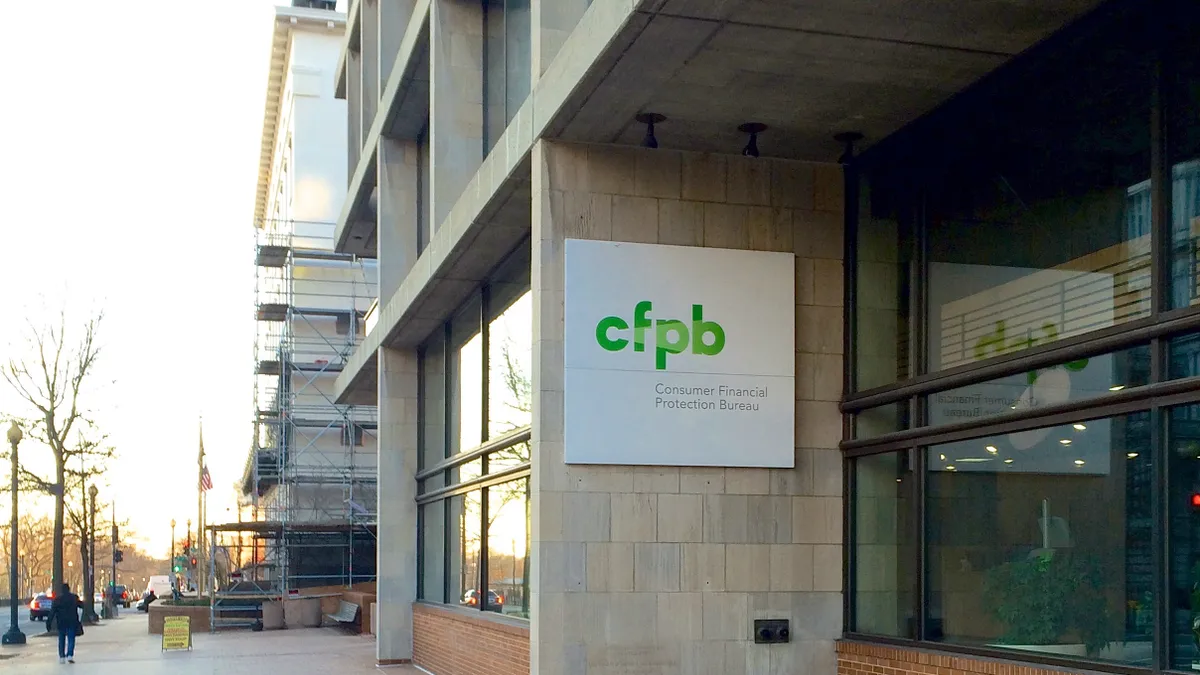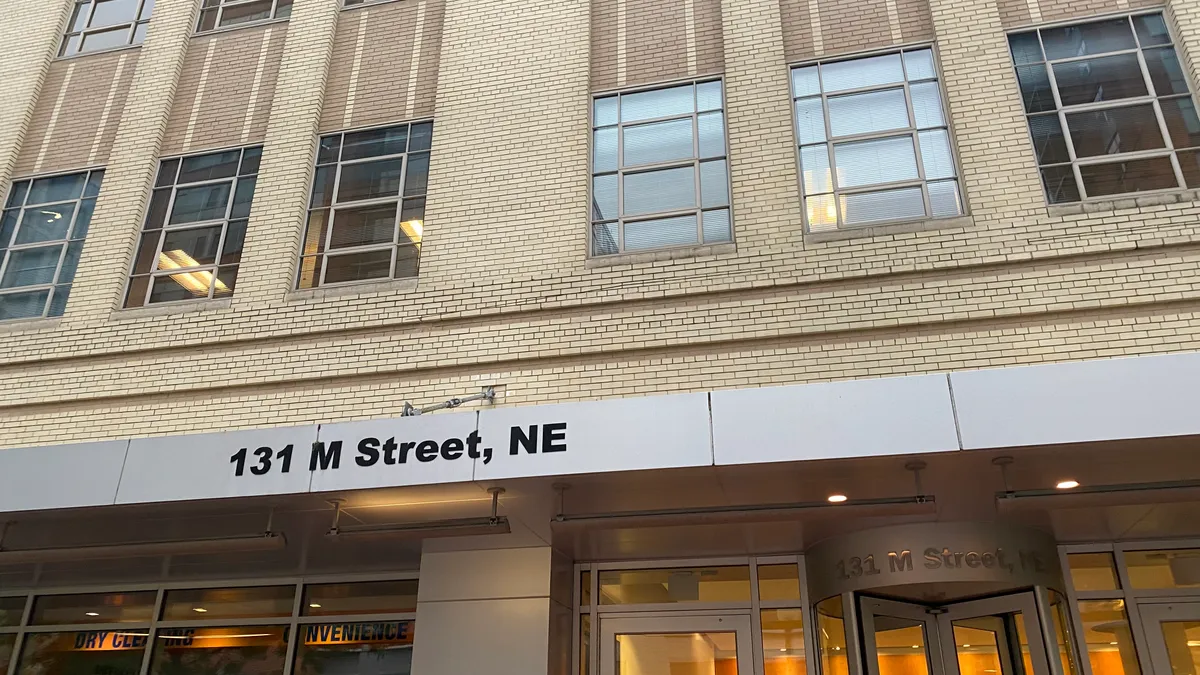The term “villain era” caught on like wildfire throughout 2022. Fashion bloggers donned leather tops, mesh pants, slick PU trench coats, and heavy metal jewelry. They cut daring shapes with their outfits and eyeliner; glittery, gleaming black was en vogue from lipstick to acrylic nails to boots.
But what does this look like in the workplace?
“Corporate Villain Era” TikTok has an answer. Building on the self-championing attitude named in “quiet quitting” and devil-may-care ethos of Great Resignation, corporate villain ‘tok is taking over the HR influencer and work content creator space.
What does a ‘corporate villain era’ look like?
@smartwomensociety Villain mode activated ???? #corporatelife #corporatevillainera #villainera2022 #workboundaries #healthyboundarysetting #setboundariesforyourself ♬ Smile out Loud - Instrumental - Ghostbuster Studio
Téa Angelos, founder and CEO of career education platform Smart Women Society, clarified via email that the trend is “not about being an actual villain” or “sabotaging your company.”
“Being a corporate villain is about showing up for yourself, setting boundaries, knowing your worth and being confident,” Angelos said. “It’s swapping politeness and people-pleasing for independence and standing up for yourself.”
One TikTok creator who infuses outrageous humor into her quest to stand up for herself is @corporatedogmom, also known as Tay.
Tay, who requested anonymity for fear of retribution at work, describes her content as a “corporate America survival guide, especially for women.”
Corporate Dog Mom’s content is not always based on her own experiences, but overall, she told HR Dive, she seeks to catalog the gaslighting, harassment and belittlement women as a whole encounter in the corporate sphere.
“I want to make sure that I'm sharing things that kind of provoke or initiate a conversation that needs to be had,” the creator said.
@thecorporatedogmom lfg…???? #corporatehumor #corporatemillennial #corporatetiktok #corporatelife #corporateamerica #corporategirlies #womenincorporate #wfh #wfhproblems #toxicworkplace #work #career #TheCorporateDogMom ♬ Homelander nothing left to lose - 15econdreviews
Her content aligns with what Angelos identified as key pillars of corporate villainy: “setting healthy boundaries at work, strengthening your work-life balance, learning to say ‘no.’” Being a corporate villain, Angelos underscored, can be as simple as “taking your lunch break every day,” giving “your honest opinion” on projects and “not letting people walk all over you.”
Challenging the old guard
The comments below any given corporate villain video make clear that many TikTokers are affronted by this kind of self-advocacy. Corporate Dog Mom typically has a tongue-in-cheek video response ready; she emphasized to HR Dive that through her semi-anonymous platform, she can give voice to people who feel isolated by the negative treatment they receive in the workplace. “They may not feel comfortable sharing it publicly. I will and then get the conversation started.”
@thecorporatedogmom drinking my chlorophyll water & keeping my opinions to myself ???? #TheCorporateDogMom #softlifestyle #corporatemillennial #corporatetok #softlife #corporateamerica #womenincorporate ♬ original sound - smokinaftereat
While trolls may pigeonhole her as a wholeheartedly anti-establishment voice or “lazy” — a word that gets thrown a lot at this Black woman content creator — Corporate Dog Mom emphasizes that there’s more nuance than that.
For one, she defends, she works in private equity management. “I don't [often] share what I do,” Tay explained of her TikTok content. “I think that probably gives people the thinking that they have the right to tell me about myself. And I'm like, ‘If you only knew what I actually do,’” she said, adding that in her field, she never has “the option to not work.”
Prior to entering the workforce, Tay explained she used to read law school forums to see which “law partners throw things and which ones yell.” From her perspective, behaviors like this were long normalized. “But then 2020 happened,” she continued, ushering a new era of work and adding a layer of realism to what she deems “unacceptable behaviors.”
“For so long, we’ve been living in a world of work defined by outdated customs that were created 80-plus years ago: rigid in-office requirements, inflexible work hours, strict dress codes,” Emily Van Muijen, social media manager for freelancing platform Upwork, told HR Dive via email. While the world changed, the workplace “rules” did not, Van Muijen said.
@upwork Work is changing…and we’re so on board ???? #remotework #corporatelife #villainera #workfromhome #worklife ♬ Villain - Big, epic, dramatic - Eugene_prod
Where does HR come in?
Regarding HR professionals and the role they can play as workers’ corporate villain eras kick in, Tay has a few ideas. She told HR Dive that she has almost “no interaction” with her HR department, citing interpersonal conflicts and onboarding as the only time she hears about them. “And maybe that’s the problem,” she said. Instead, culture issues are handled within departments — and the biggest culture issue in her industry is work-life balance, hence her TikTok content.
@thecorporatedogmom I’m still OOO until Mercury retrograde ends ✌???? #TheCorporateDogMom #wfhproblems #corporatelife #corporatemillennial #corporateamerica #corporatetok #returntowork #corporatehumor #womenincorporate ♬ Reduce Your Expectations to 0 - ????????Lucy????????
“It would be good if there were more unified initiatives taken across the firm, so each department has to make sure that all of their employees use X amount of vacation by this time,” the Corporate Dog Mom said. She knows of some organizations that facilitate a kind of paid time off for attorneys, where they can go on vacation and still log billable hour credits.
She wonders if a business resource group could be installed to boost employee morale. “Because I just feel like no one really cares, sometimes,” she said.
@thecorporatedogmom it’s a W ???????????????? #TheCorporateDogMom #corporatelife #corporatehumor #wfhproblems #corporatemillennial #quietquittingmyjob #womenincorporate ♬ A WIN IS A WIN - Clifford Taylor IV
Angelos of Smart Women Society also called for HR professionals to create a culture of support and promote work-life balance. “Conduct regular feedback surveys to understand and listen to employee needs,” she said. From there, employers can create “targeted HR and people strategies that are based on the feedback received,” she said.
Van Muijen recommended that “instead of creating blanket policies that likely won’t be optimal for all workers,” HR should seek to build a culture of flexibility, transparency and trust. That way, in this evolving labor landscape, people are “empowered to create the workflows that help them do their best work.”
That transparency and trust dynamic is further supported by managers setting clear priorities and outlining their expectations.
“To set team members up for success in a flexible work environment, ensure they understand what responsibilities and outcomes are expected of them at any given time,” she said, adding that additional clarity and context is what empowers talent to do their best work. Employers who implement this approach “will be winners in the competitive and persistent race for access to top talent,” Van Muijen said.
Ultimately, corporate villainy is nothing new
With the Great Resignation lingering in the rearview, HR professionals may reasonably worry about the implications of this trend. It appears the corporate villain sentiment is just a reflection of the research findings upon which HR Dive reports: Workers want flexibility at work and purposeful careers. They will leave if they’re not receiving fair treatment or equitable pay, or if their right to choose remote work is threatened or removed.
“The corporate villain era trend is a culmination of all the ways in which people have been rethinking their relationship with work and their employers in the last three years,” Van Muijen said. “The pandemic sparked a once-in-a-lifetime shift ... This trend is just one of the ways in which people are expressing how they work now: on their own terms.”
Even when she feels like quitting her job, Corporate Dog Mom talks herself down from putting in her two weeks. That “internal contradiction,” she explained, is something to which her followers very much relate.
“I spend my money on rent,” the New Yorker said. “I like nice things,” she added. (Often, she showcases what she calls her “dream apartment,” nods to various fitness classes she takes and naturally, discusses spoiling her dog.)
“That's why I keep my job,” Corporate Dog Mom added. “But I'm not glorifying hustle culture.”
“The goal of this trend is not to tell people to slack off,” Van Muijen continued. “It is to encourage people to re-evaluate how they work, so that they can show up every day and bring their best professional self to their role — regardless of whether they're a full-time employee or freelancer, or what timezone they are working from.”




















